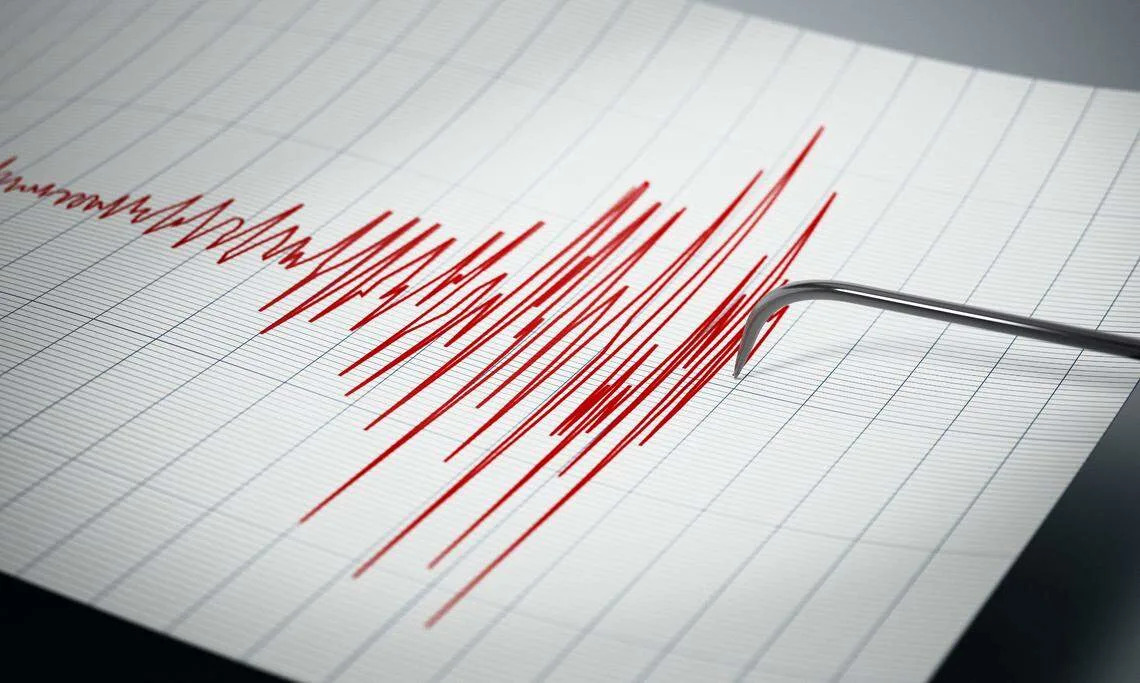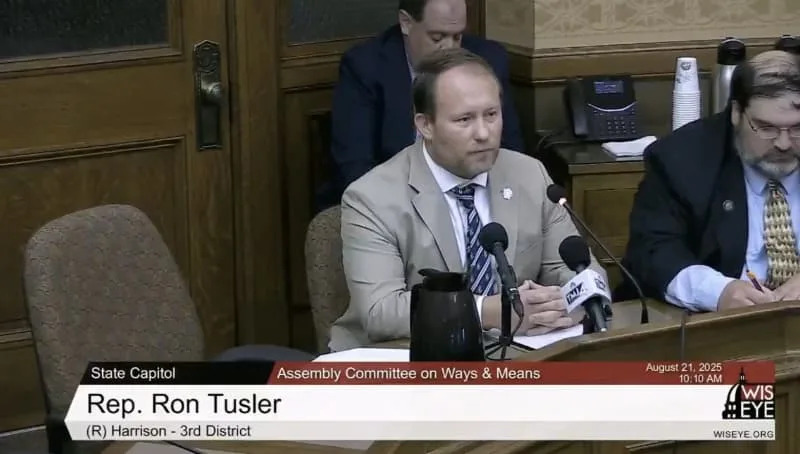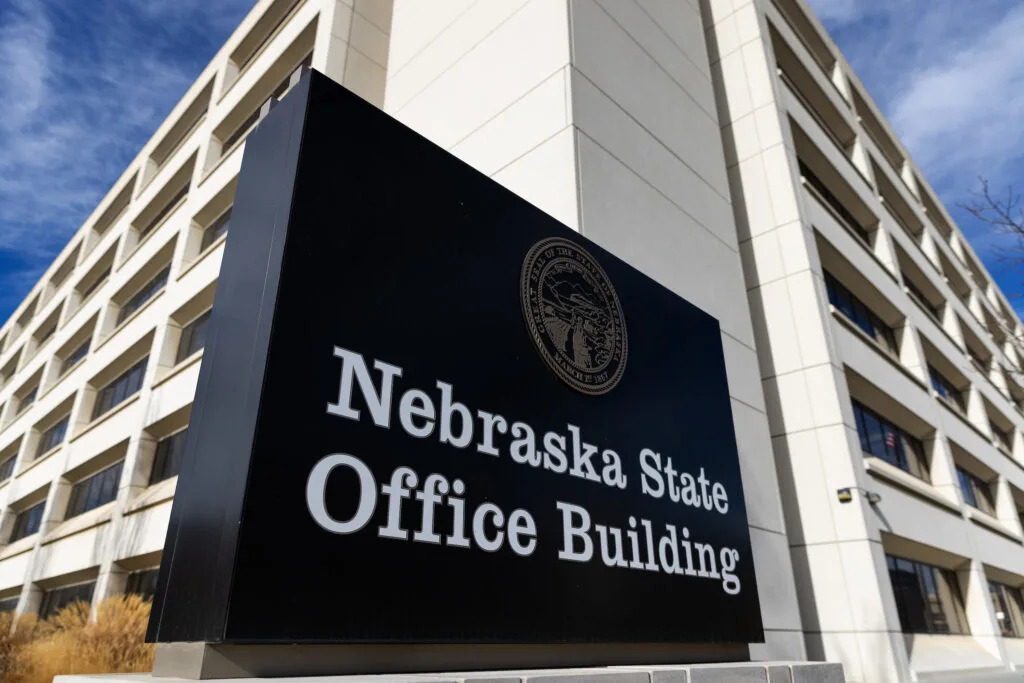
A 2.9-magnitude earthquake jolted Western Washington awake Thursday, Aug. 21, the U.S. Geological Survey reported.
The 5.7-mile deep quake hit less than a mile from Mount Vernon at 1:01 a.m., according to the USGS.
More than 130 people reported feeling it from as far away as Seattle and Bellingham.
Mount Vernon has a population of about 35,000.
Many people commented on Facebook saying the quake woke them up, shook their home or rattled their bed.
“It shook the house. I’m less than a mile from the epicenter in east Mount Vernon. It lasted maybe 15 seconds,” one person commented.
“I felt it in Big Lake. I thought it was a jet flying over head from the navy base,” another person said.
“Yes I was laying in bed in La Conner and my bed was shaking beneath me,” someone else commented.
“Yep. Woke me and the dog up in Mount Vernon,” another person wrote.
What to know about earthquakes
Magnitude measures the energy released at the source of the earthquake, the U.S. Geological Survey says. It replaces the old Richter scale.
Quakes between 2.5 and 5.4 magnitude are often felt but rarely cause much damage, according to Michigan Tech. Quakes below 2.5 magnitude are seldom felt by most people.
Earthquakes’ sudden, rapid shaking can cause fires, tsunamis, landslides or avalanches. They can happen anywhere, but they’re most common in Alaska, California, Hawaii, Oregon, Puerto Rico and Washington, according to the Department of Homeland Security.
If an earthquake strikes, it’s best to protect yourself right away. Here are tips from experts:
If you’re in a car: Pull over and stop. Set your parking brake.
If you’re in bed: Turn face-down and cover your head with a pillow.
If you’re outdoors: Stay away from buildings. Don’t go inside.
If you’re inside: Stay and don’t run outdoors. Stay away from doorways.
The best way to protect yourself during an earthquake is to drop, cover and hold on, officials say.
“Wherever you are, drop down to your hands and knees and hold onto something sturdy,” officials say. “If you’re using a wheelchair or walker with a seat, make sure your wheels are locked and remain seated until the shaking stops.”
Be sure to cover your head and neck with your arms, and crawl under a sturdy table if possible. If no shelter is available, crawl to an interior wall away from windows.
Once under a table, officials say you should hold on with one hand and be ready to move with it.
“There can be serious hazards after an earthquake, such as damage to the building, leaking gas and water lines, or downed power lines,” officials say. “Expect aftershocks to follow the main shock of an earthquake. Be ready to Drop, Cover, and Hold On if you feel an aftershock.”
3.6-magnitude quake shakes Southern California, USGS says. ‘Here we go again’








Comments